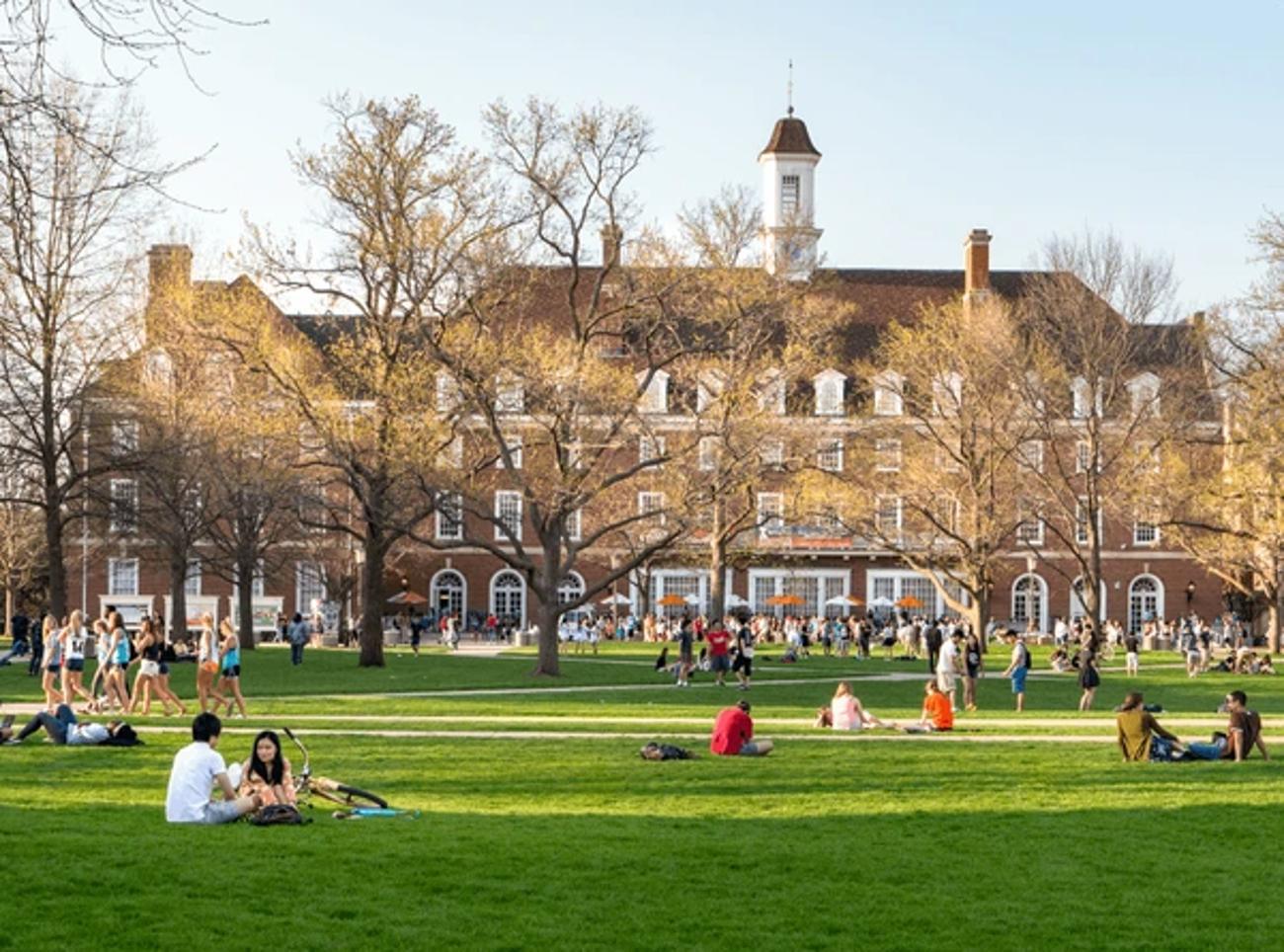California Students Are Missing Out On This Major Grocery Benefit
CalFresh, California’s food benefits program, helps low-income students afford groceries. Despite eligibility, many college students are missing out.
The California Policy Lab’s recent report highlights why understanding these barriers is crucial. Improving participation can support students’ academic success and overall well-being by reducing financial stress related to food insecurity.
The Importance of CalFresh
CalFresh offers essential financial relief for students, helping them focus on their studies instead of worrying about food.

Source: Gustavo Fring/Pexels
According to Jesse Rothstein, the report’s co-author, it’s a vital piece of the financial package enabling students to attend college. The program provides money for groceries, significantly aiding low-income students.
Report Highlights
A recent report by the California Policy Lab reveals a significant gap between eligible students and those enrolled in CalFresh. The study found that enrollment varies based on institution type, age, and outreach efforts.

Source: Shutterstock
This information is needed for developing targeted strategies to increase student participation in CalFresh.
Differences in Eligibility Rates
Eligibility rates vary widely: 19% of community college students, 31% of UC undergraduates, and 6% of UC graduate students qualify for CalFresh.

Source: Freepik
The report suggests these differences are influenced by the types of financial aid students receive and the level of outreach at their institutions.
Disparities in Enrollment
Even among those eligible, enrollment is low. Only 30% of eligible community college students, 22% of UC undergraduates, and 29% of UC graduate students receive benefits.

Source: Freepik
This indicates that despite being eligible, many students are not accessing this crucial support, potentially due to lack of awareness or complicated application processes.
Outreach Efforts Matter
UC campuses have higher enrollment rates partly due to better outreach. For example, UC Santa Barbara had a 37% take-up rate, the highest among UC campuses.

Source: Jcomp, Freepik
Institutions actively informing students about CalFresh see higher participation, highlighting the need for community colleges to enhance their outreach efforts.
Impact of Housing Situations
Students living away from home are more likely to be eligible for CalFresh. Housing situations significantly influence eligibility, as students living independently face greater financial challenges.

Source: Freepik
This factor, along with financial aid types, plays a crucial role in determining students’ eligibility and enrollment rates in CalFresh.
The Role of Financial Aid
The type of financial aid students receive affects their CalFresh eligibility. UC students often get aid that qualifies them, while many community college students do not.

Source: Freepik
This discrepancy shows the need for equitable financial aid policies that enable more community college students to access CalFresh benefits.
Regional Variations
Regional differences are also wide-ranging. For instance, Central Coast’s UC Santa Barbara had a 37% take-up rate, while community colleges in Los Angeles had just 4%.

Source: Robert Bye/Unsplash
High living costs in regions like Los Angeles and the Bay Area may deter students from enrolling in CalFresh, despite their eligibility.
Racial and Age Disparities
Black and Latino students are more likely to be eligible for CalFresh, but their enrollment varies by institution type. At UC schools, Black and Latino students enroll at higher rates, while Latino community college students enroll less frequently.

Source: Freepik
Additionally, students over 23 have higher take-up rates than younger students, highlighting age-related disparities.
Data Collection and Challenges
Collecting comprehensive data is challenging. The report includes data from 2010 to 2022 from UC and community colleges but lacks input from California State University (CSU).

Source: Pressfoto, Freepik
CSU’s reluctance to share data certainly affects the full picture, but future collaborations may help provide a more complete understanding of student needs.
Moving Forward
Improving CalFresh enrollment among college students requires better outreach, streamlined application processes, and continued research. Ensuring all eligible students access this benefit can greatly enhance their academic and personal success.

Source: Wikimedia
Collaborative efforts between educational institutions, policymakers, and support agencies are essential for closing the gap between eligibility and enrollment.
